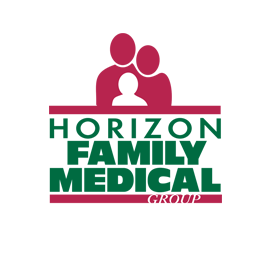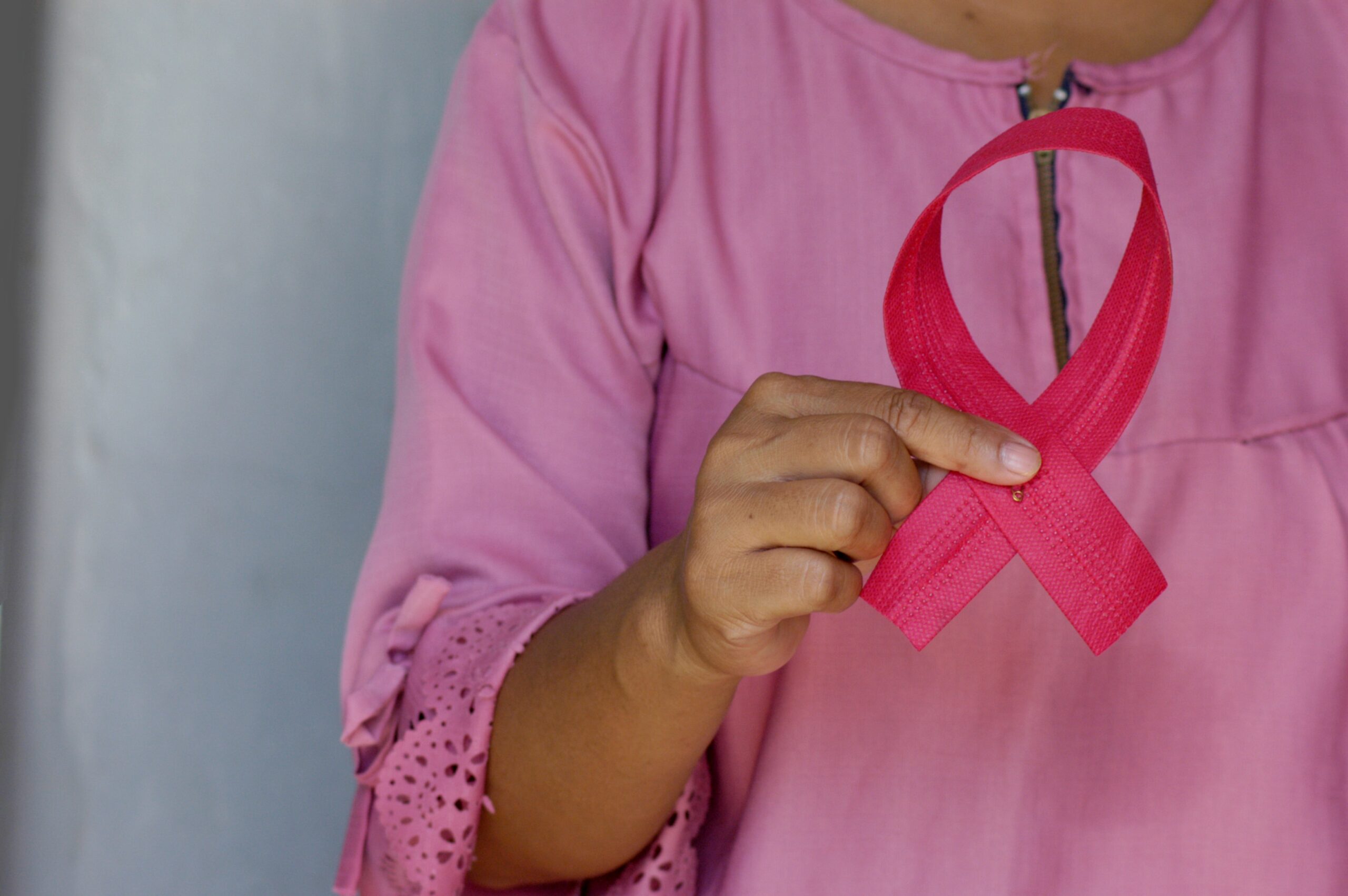Did you know that breast cancer is the most common kind of cancer for women in the United States? In fact, more than 250,000 women in the US get breast cancer every year. Unfortunately, 42,000 women die from the disease.
Every October, we recognize Breast Cancer Awareness Month, remind people to get screened, and support those who are affected by this disease.
Breast cancer risk factors
Certain breast cancer risk factors can play a role in whether you develop breast cancer. Some factors may affect you more than others. Below are some of the risk factors associated with increased risk of developing breast cancer:
- For women, age at first period: 15-20% higher breast cancer risk for women who start menstruating before 11 years of age.
- Alcohol use: Women who drink 2-3 alcoholic beverages every day are at a 20% higher risk of developing breast cancer.
- Birth control use: Women who used, or use, birth control pills may be at a 20-30% higher risk of developing breast cancer compared to women who never took birth control pills.
- Weight: Women who are overweight have shown an increased risk of breast cancer.
- Exercising: Women who exercise regularly show a 10-20% reduction in breast cancer risk.
- Breastfeeding: Women who have breastfed their infants show a decreased risk of developing breast cancer.
- Race and ethnicity: Women who are white or black have an increased risk of developing breast cancer. Women from American Indian or Alaska Native descent show a lower incidence of developing breast cancer. Genes (i.e., BRCA1, BRCA2) can also play a big role in whether you develop breast cancer.
- Smoking: Smoking has shown about a 10% increased risk for developing breast cancer.
Breast cancer signs and symptoms
The Centers for Disease Control and Prevention (CDC) suggest that you may experience different types of breast cancer signs and symptoms. And sometimes, you may not notice any symptoms at all. Below are the signs and symptoms the CDC says to watch for:
- Any change in the size or the shape of the breast.
- Pain in any area of the breast.
- Nipple discharge other than breast milk (including blood).
- A new lump in the breast or underarm.
Breast cancer screening
During the pandemic, we have seen a sharp decline in the number of regular health screenings, especially for breast and cervical cancer. Regular cancer screening is designed to detect cancer early and reduce the odds of death. See the video below about when and how frequently you should get breast cancer screening:

